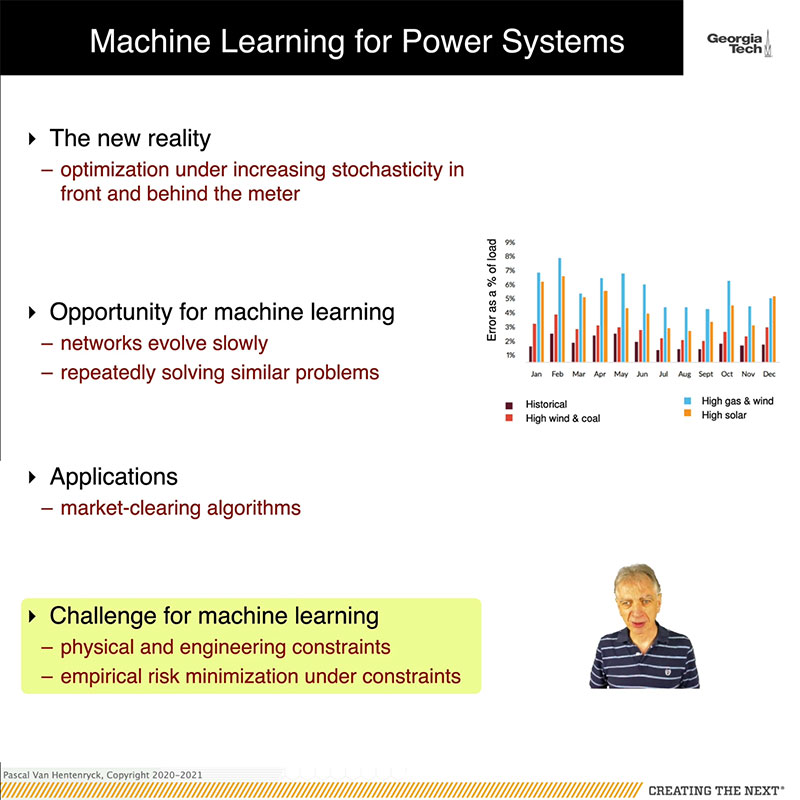Optimal power flow is a cornerstone of electrical power system operations: it is solved repeatedly every five minutes in the real-time market. It is also a critical building block for the market-clearing and reliability optimizations that decide look-ahead, reliability, and day-ahead commitments. With increasing uncertainty coming from renewable generation, distributed energy resources, and extreme weather events, the optimal operating point of the electrical power system may rapidly change during real-time operations. Similarly, reliability and risk assessments are increasingly demanding computationally as a result of the same increase in uncertainty. This tutorial examines the role of machine learning to address these challenges. The availability of massive historical and synthesized data, as well as the repeated need to solve related problems, makes machine learning a promising technology to approach these challenges. However, power system operations also raise fundamental challenges for machine learning, which must capture the nonlinear nonconvex physical and engineering constraints of this complex and large-scale infrastructure. This tutorial reviews recent progress in this direction and examines two types of approaches: end-to-end learning and learning to optimize. The goal of end-to-end learning is to provide optimization proxies that approximate, with high fidelity, the optimal solutions of optimal power flow problems. By contrast, the goal of the learning-to-optimize approach is to accelerate existing optimization algorithms for solving optimal power flow problems.
Funding: This work is partially supported by the National Science Foundation [Grant NSF-2007095] and the Advanced Research Projects Agency-Energy [Grant DEAR0001280].

